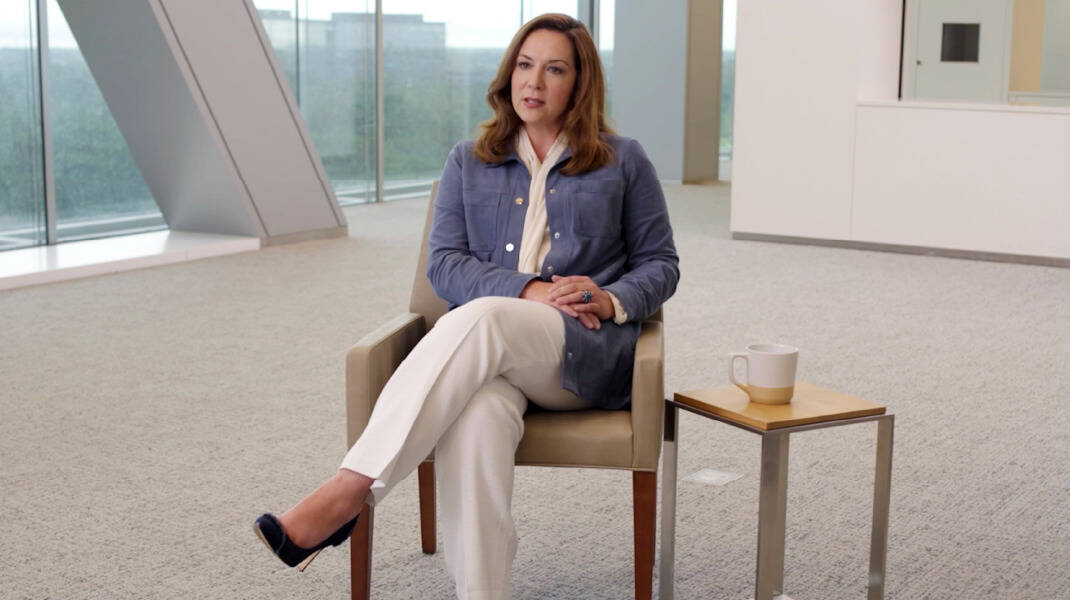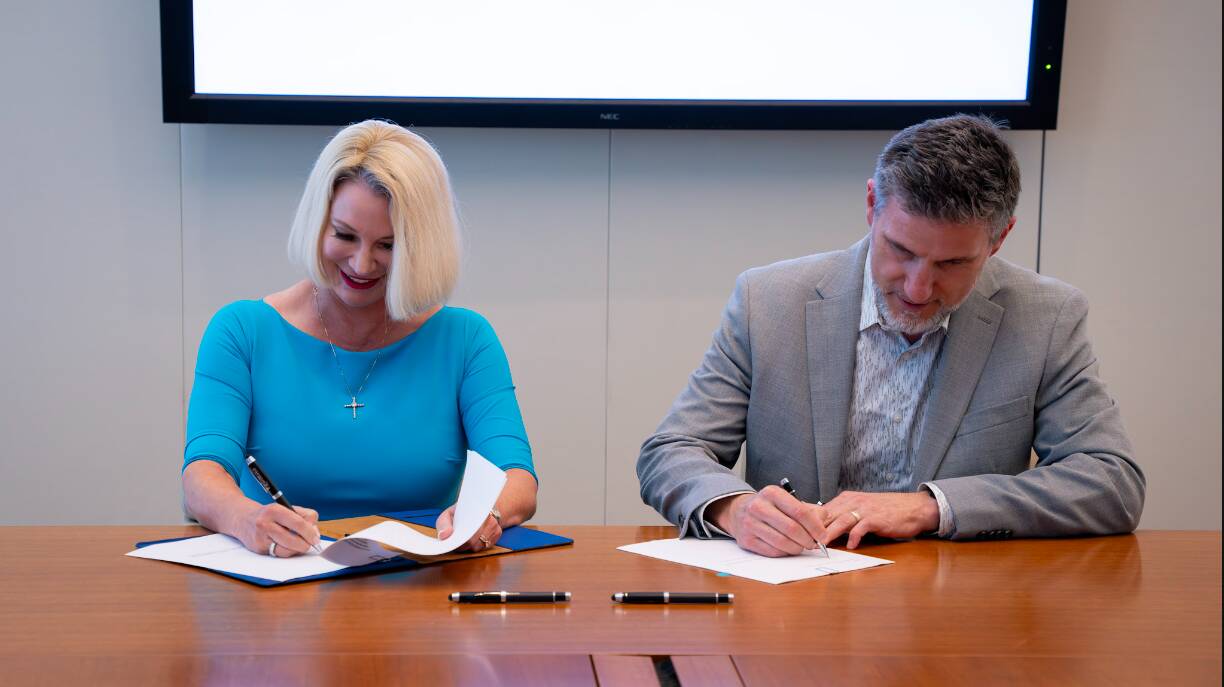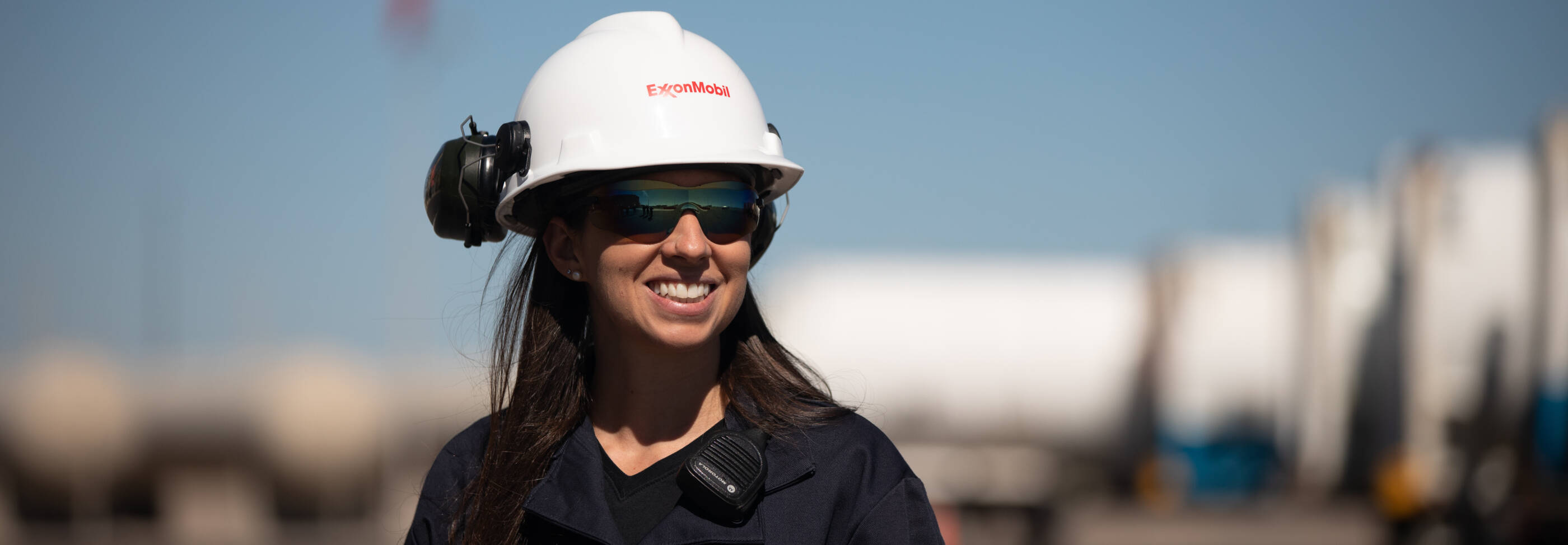selected item
Labarge: Helium explained
Few places are as essential to meeting the demand for helium as ExxonMobil’s LaBarge facility in Wyoming, which provides 20% of the world’s supply. With an estimated eight decades worth of helium left to produce there, LaBarge is poised to play a significant role through the end of this century.
Helium is one of the most abundant elements in the universe, but it’s tough to find here on Earth. Its importance has grown in the past half century because it’s crucial to advanced technologies like MRIs, microchips and space exploration.
ExxonMobil’s LaBarge facility is well established as an important player for the future of carbon capture and storage. As the source of 20% of the world’s helium and with an 80-year supply remaining, it will also continue to play an important role in providing society with this critical element.
Helium’s unique traits make it both valuable and hard to source. It’s the second-lightest element on the periodic table (hydrogen is first). It cannot be combined with other substances, and it will not freeze or liquefy in Earth’s atmosphere. It also cannot be manufactured artificially. The only stable supplies of helium are found deep underground, often in pockets of natural gas. Helium production extracts and isolates the substance, making it viable for commercial use.
Extracting helium was not part of LaBarge’s original design when the facility began producing natural gas in the mid-1980s. After large quantities of helium were discovered underground, it soon became central to the facility’s operation.
Watch the video below to explore the pivotal role that helium plays at both the facility and in the world at large.
Explore more

Capture it. Move it. Store it: Three steps for reducing CO2 emissions
- Want to learn more about carbon capture and storage (CCS)?
- Clay, Mark and Elizabeth are here to help in a video series.
- They explain how CCS works, why it matters and what makes it safe.
2 min read
• Aug. 12, 2025
How we’re capturing carbon and storing it safely
- In a new video, our Kathleen Ash explains how we’re keeping carbon capture and storage (CCS) safe.
- We have robust systems to safely transport and store captured CO2 emissions.
- We’re committed to protecting the safety of communities in which we operate.
2 min read
• May 5, 2025
Calpine, ExxonMobil sign CO2 transportation and storage agreement for power generation project
- ExxonMobil to transport and store up to 2 million metric tons per year of CO2 from Calpine’s natural gas power generation facility.
- Calpine plans to produce ~500 megawatts of reliable low-carbon electricity, enough to power more than 500,000 homes.
- Project expected to bolster U.S. energy, strengthen industry competitiveness, and create jobs.
2 min read
• April 23, 2025
2024: A breakout year for our carbon capture and storage business
- We’re leading the creation of a new industry.
- 2024 was a big year for our CCS business.
- More milestones are ahead in 2025.
3 min read
• Jan. 9, 2025
Steel, ammonia and AI? Oh my! What can’t our CCS help decarbonize?
- We’re scaling up carbon capture and storage (CCS) technology.
- We’re leading the way in helping U.S. industries use CCS to meet demand for lower-carbon products.
- Next up: We’re working to expand our customers to include data centers to support AI growth.
4 min read
• Dec. 11, 2024
ExxonMobil secures largest CO2 offshore storage site in the U.S.
- ExxonMobil has secured access to over 271,000-acres in Texas state waters; ideal for CO2 storage
- Agreement will directly benefit the Texas Permanent School Fund
- Latest example of ExxonMobil’s leadership in building a carbon capture industry in the U.S.
3 min read
• Oct. 10, 2024